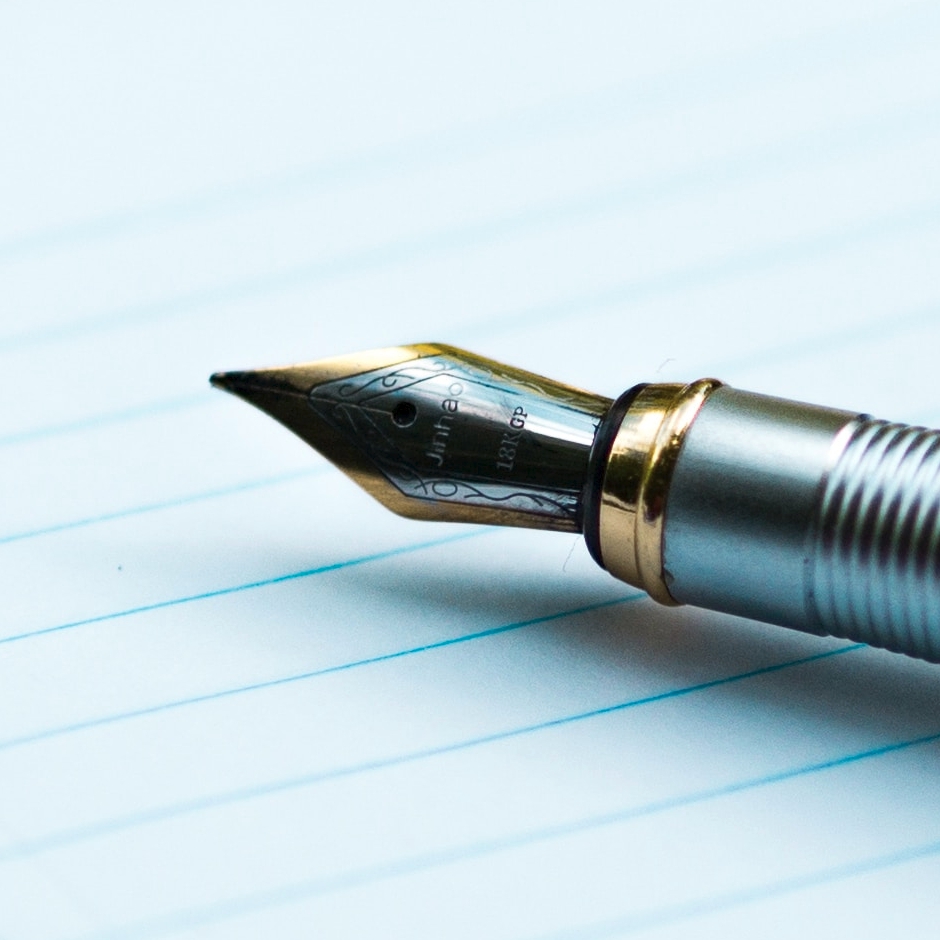So I got my first ever flex nib today, an FPR Himalaya V2 with their Ultraflex nib. I really wanted to like it, because line variation always looks so beautiful to me. But I encountered two problems right from the start: the nib guzzles ink, and it is just way too soft for me. For some, it may be obvious that this is the case with flex nibs, but you don’t know what you don’t know.
I ordered myself a replacement nib, and I will do the swapping once it arrives.
Has anyone here had similar experiences with things like this? Maybe shimmering ink?
I feel like fountain pen flex nibs never truly feel satisfactory due to the inherent way a fountain pen works, sadly enough. If you want to stick with FP and get line variation, you could perhaps look into an italic or stub. Personally I use a dip pen when I want flex but that does make it a strictly at home activity.
Personally I really like the Himalaya for the most part, except for the converter. (Which is why my recommendation is for the Jaipur)
In terms of guzzling ink, this is both normal and necessary for a flex nib, at least up to a point. Without sufficient ink flow, the pen will railroad, which is the most common failure mode for flex/semiflex pens.
In terms of “softness”, is the issue with the tactile feel, or that it flexes too easily (which most flex users would consider a feature, usually), or that it lacks sufficient springback to get hairlines? I don’t find the FPR’s ultraflex nibs to be extremely soft relative to other flex nibs, but there is also sample variation to consider.
If you write with a very heavy hand, this could be part of the problem, in which case there might just be a period of adjustment to using a lower amount of force.
One thing you might try is adjusting the nib and feed, for example, you might try setting it up so that the nib sits a bit further back in the section. This will reduce the amount of flex you can get, but might improve consistency. Heat setting the feed also often helps performance, but if you arlready have more than adequate flow, this might be unnecessary.
Re: ink, good performance in a flex pen will vary from ink to ink, and basically the trick is to find a fast-flowing and viscous ink that is not prone to excessive feathering. Personally, my favorite ink for flex writing is J. Herbin Lie de The.



